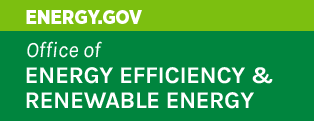Wind Energy Development Delivers Significant Revenue To Local School Coffers, Driving Capital Spending, Berkeley Lab Study Finds
March 18, 2021
Wind energy has grown substantially in the United States over the past decades, contributing ever-greater revenue to states and local jurisdictions, including school districts. However, the impact of new wind energy installations on school revenues, expenditures, and student outcomes has not been well understood.
How have those windfall revenues been spent by these districts? Have those new monies translated into improved outcomes for their students? Is there evidence that some of the new revenue has been used to lower local tax rates for all property owners in the district?
Using the universe of U.S. wind installations through 2016 and school-district-level data on revenues, expenditures, staffing, enrollments, teacher salaries, and student achievement, researchers from Berkeley Lab, University of Connecticut, and Amherst College, investigated these questions as described in a new working paper.
The study School District Revenue Shocks, Resource Allocations, and Student Achievement: Evidence from the Universe of U.S. Wind Energy Installations merged data from the DOE-funded U.S. Wind Turbine Database with data from the National Center for Education Statistics, Schools and Staffing Survey, National Assessment for Education Progress, and Stanford Education Data Archive.
The study represents the first national study of its kind and provides important information to stakeholders involved in the siting, permitting, hosting, and developing of wind projects about outcomes for school districts across the nation.
